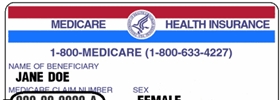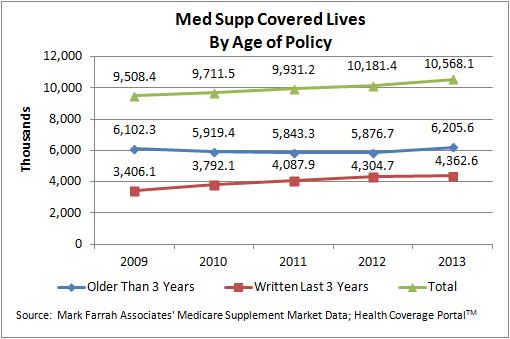The future of Medigap Plan F was recently called into question with the recent passage of the “doc fix” bill, H.R. 2 – the Medicare and CHIP Reauthorization Act. The headline-stealer of this legislation was the stabilization of physician payments through the repeal of the sustainable growth rate model for Medicare payments to physicians. However, one of the lesser-known provisions could impact future Medicare beneficiaries who purchase Medigap insurance.
Specifically, the bill sets forth surcharges for Medicare beneficiaries that choose to purchase either Medigap Plan F or Medigap Plan C, the two Medigap plans that cover the Medicare Part B (doctor/outpatient) deductible. This deductible currently stands at $147/year, but it is projected to increase to $185/year in 2020 and $217/year in 2023. The idea is that these surcharges offset the higher “use rate” on Medicare from people that have Medigap Plan F. Although this has not necessarily been proven to be the case, the idea is that Medigap Plan F policyholders have no “skin in the game” since it doesn’t cost them anything to see a doctor.
Now, it is important to note that the bill specifies “future” beneficiaries (starting in 2020) as the ones who would be subject to the surcharges on Plan F and C premiums. So, at least on the surface, current Plan F or C policyholders would not be affected. However, a deeper look may foretell some consequences on existing policyholders.
To explain, the surcharges will likely greatly reduce the number of new policyholders into those two plans. Once it is understood that the choice to enroll in Plan F or Plan C equals surcharges on top of premium charges, many beneficiaries will pick a different plan. Hypothetically, this would cause upward pressure on Medigap Plan F and C rates, as there would be fewer new policyholders on those plans. So, long term, the outlook for price stability on those plans is not as great as it would be on other plans.
To editorialize a little here, the “overuse” of Medicare by people on Plan F has not been proven. And, although it does make sense in a vacuum, people that have Plan G, for example, have very little “skin in the game” either ($147/year). So, there is not that big of a difference. Also, since the Federal Government has very limited oversight over the Medigap plans – they are to supplement the Federal program, Medicare – it is hard to see how they should be involved in deciding how people choose to cover their “gaps” in Medicare.
All said though, the bill has become law and unless something changes between now and 2020, there will likely be a lot fewer people choosing Medigap Plans F and C at that point. We’ll stay on top of this and other developments, moving forward, and keep you apprised on how they may affect current Medicare beneficiaries.








